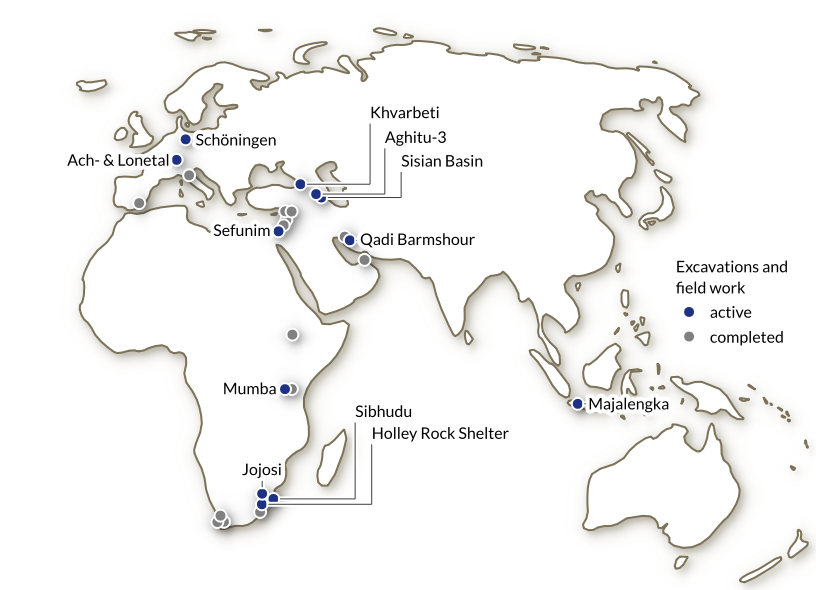Becoming Human | Expansions of Hominin Performances | Expansions of Hominin Resource Space | Expansions of Range | Field work
Becoming Human
Neanderthal material und resource cultures and land use patterns in changing environments
In order to deduce behavioral and land use patterns of Neanderthals in changing environments, we selected 53 assemblages from 36 localities dating to MIS 6 as a distinct cold period and 55 assemblages from 34 localities dating to MIS 5e as a distinct warm period. Since we only considered well stratified and well-dated assemblages, this ROAD-dataset is probably the most reliable and comprehensive one for this time-span. For these selected assemblages, we analyzed material culture and seasonal dynamics in the availability of herbivores and plant food resources.
As first interim results, we found out that, despite significant climatic changes between MIS 6 and MIS 5e, lithic technology and resource cultures of early Neanderthals changed only slightly. They show flexible and adaptive solutions to deal with seasonally varying availability of resources.
Further analyses, applying for instance methods of association rule mining (machine learning and data mining) as well as in-depth analyses for given geographic areas and comparisons between these areas are currently underway. Moreover, we presently design an ABM which allows to test and compare a variety of (regionally specific) subsistence strategies.
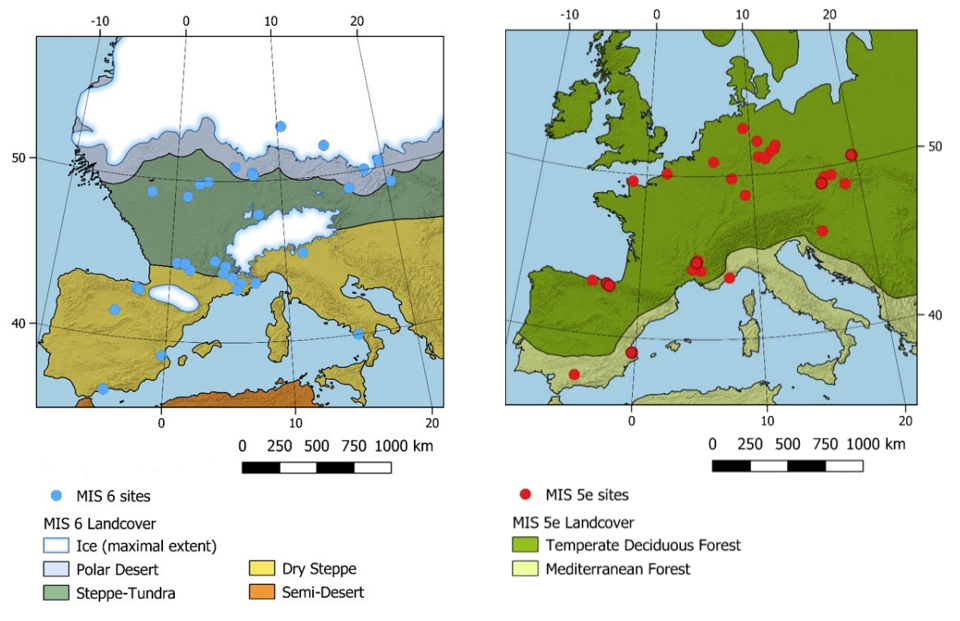
Quantitative Analyses: GIS, Data Mining and Machine Learning
With a growing amount of data available through ROAD, external databases and global geodata, quantitative analyses are useful both to reduce the amount of data to highlight aspects of interest, and to generate new or missing information from existing data. Methods from the family of machine learning and data mining are suitable for the analysis of highly diverse data, which is why they can be well applied to archaeological questions that integrate a variety of cultural, anthropological, and paleoenvironmental dimensions. However, this approach also poses a challenge because even 'large' prehistoric datasets are small compared to common applications and often biased. For this reason, we avoid black-box systems in our work and prefer explorative data analyses in which the expert knowledge of domain specialists is incorporated in many steps: in the selection of the training data, the generation of the feature space, the interpretation of the model and, of course, the critical reflection of the results. Our current focus lies on Frequent Pattern Mining to examine the relationship between lithic tool types and mobility patterns and the Species Distribution Models to reconstruct early humans’ ecological niches.
⮝
Expansions of Hominin Performances
The search for symbolic behavior
ROCEEH explores the expansion of cultural capacities associated with the origin of symbolic behavior, including expressions of art and music. Many of its own research projects provide evidence for cognitive complexity in early modern humans, for example, through carved figurines, flutes and personal ornaments made of worked ivory, antler and bone from the Swabian Jura of Germany and perforated shells from the Levant and Caucasus. These artifacts give us ideas about how the makers of these innovative objects viewed personal and group identity.
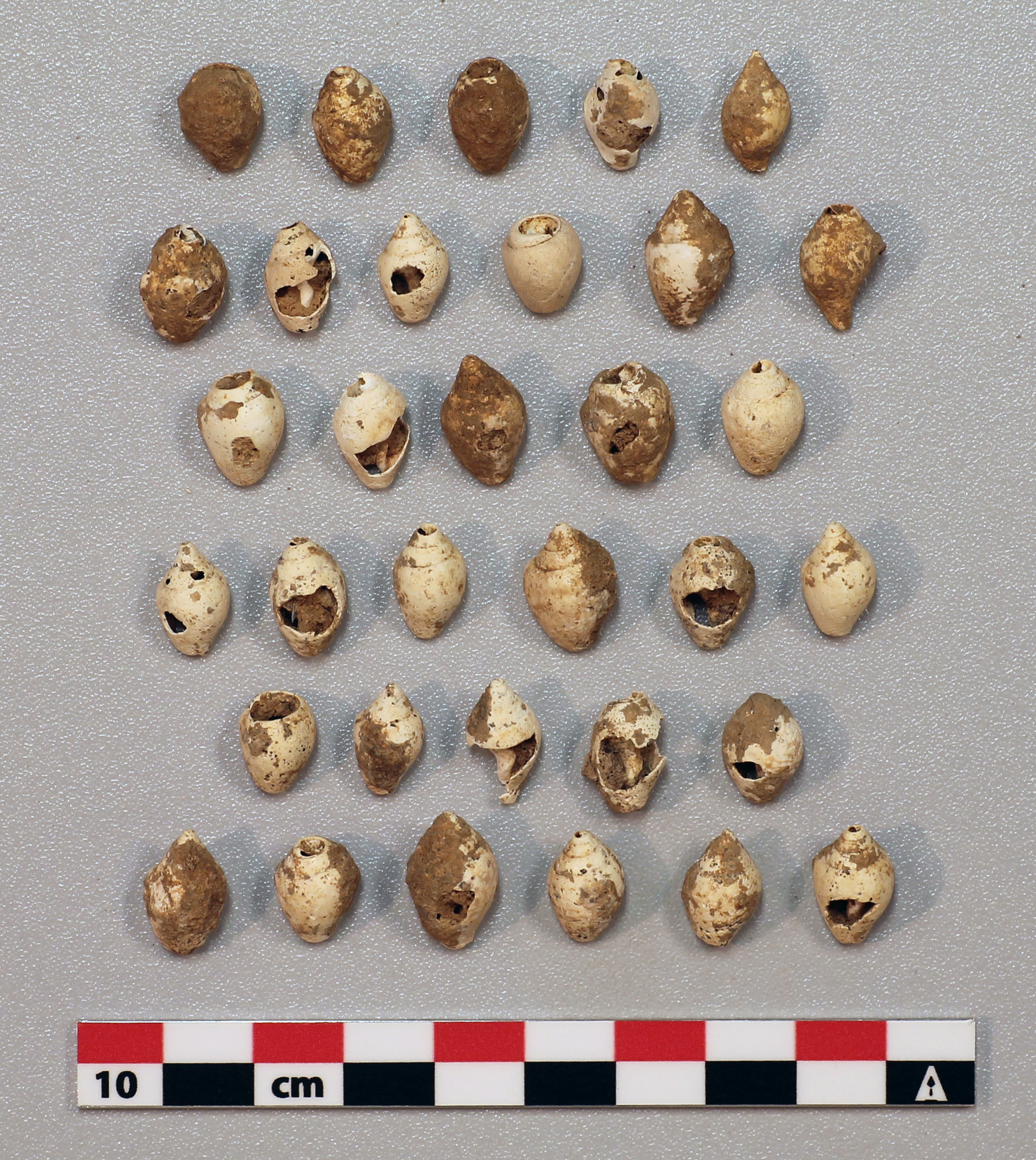
The Upper Paleolithic inhabitants of Sefunim Cave (Israel) collected shells from the Mediterranean coastline to use as ornaments. (Photo: Uni Tübingen)
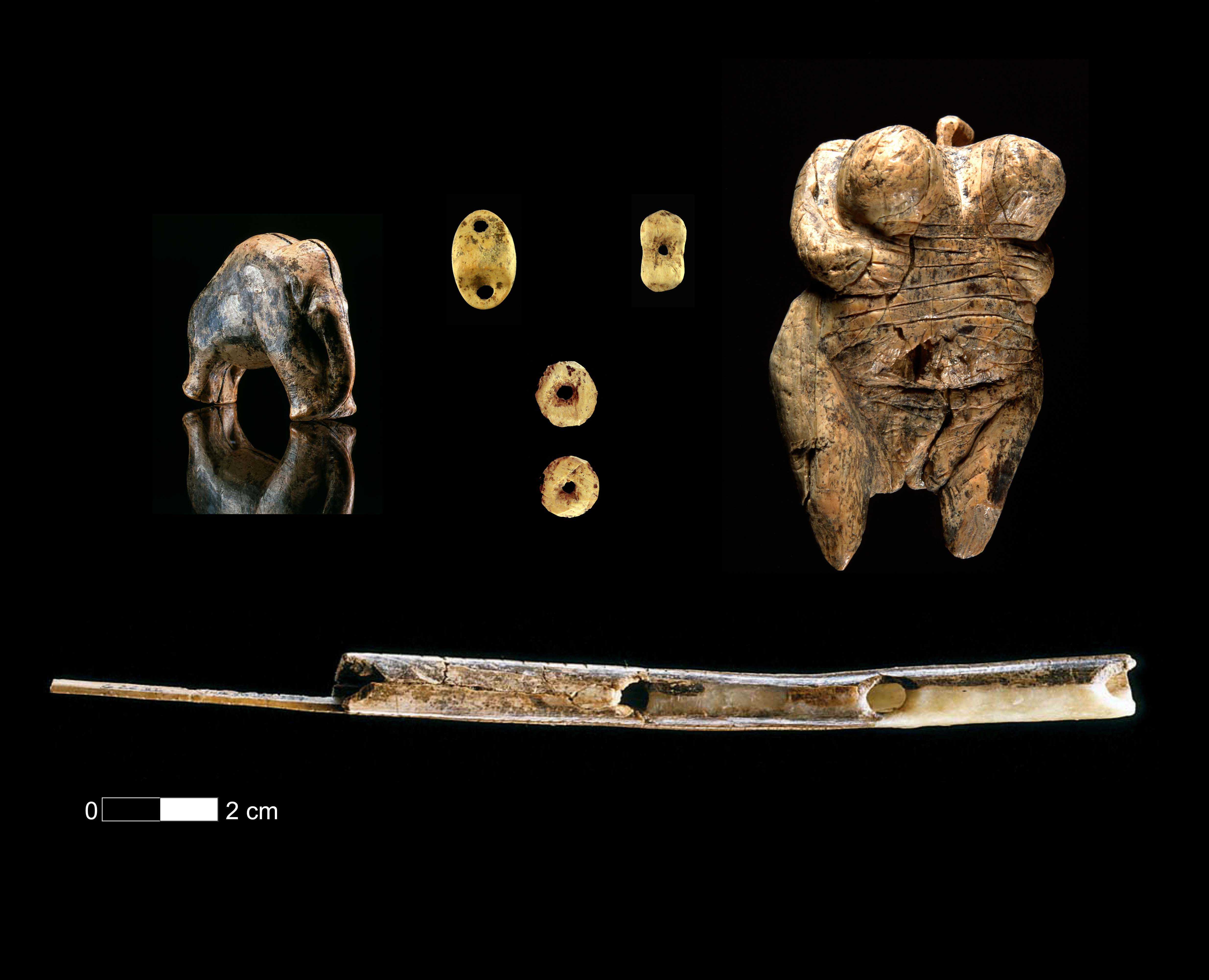
Art, musical instruments and personal ornaments are found at several sites of the Swabian Jura in southwestern Germany. (Photo: Uni Tübingen)
Transition from Neanderthals to modern humans
One focal point of ROCEEH is to study the changes in human behavior that occurred during the time that modern humans first expanded out of Africa and encountered Neanderthals in Eurasia. Several research projects cover this pivotal time, as technological behaviors which dominated for almost two hundred thousand years were broadly replaced by new ways of doing things that were associated with the arrival of modern humans. Not only do we observe dramatic changes in stone tools, we also see new types of behaviors. These expansions of hominin performances show an increased use of new materials—especially ivory, antler, bone and shell—to make organic tools such as points and needles as well as symbolic artifacts related to the expansion of art and music. A key region for studying the transition from late Neanderthals to early anatomically modern humans is the Swabian Jura in southwestern Germany with its famous cave sites, six of which were assigned UNESCO World Cultural Heritage status in 2017.
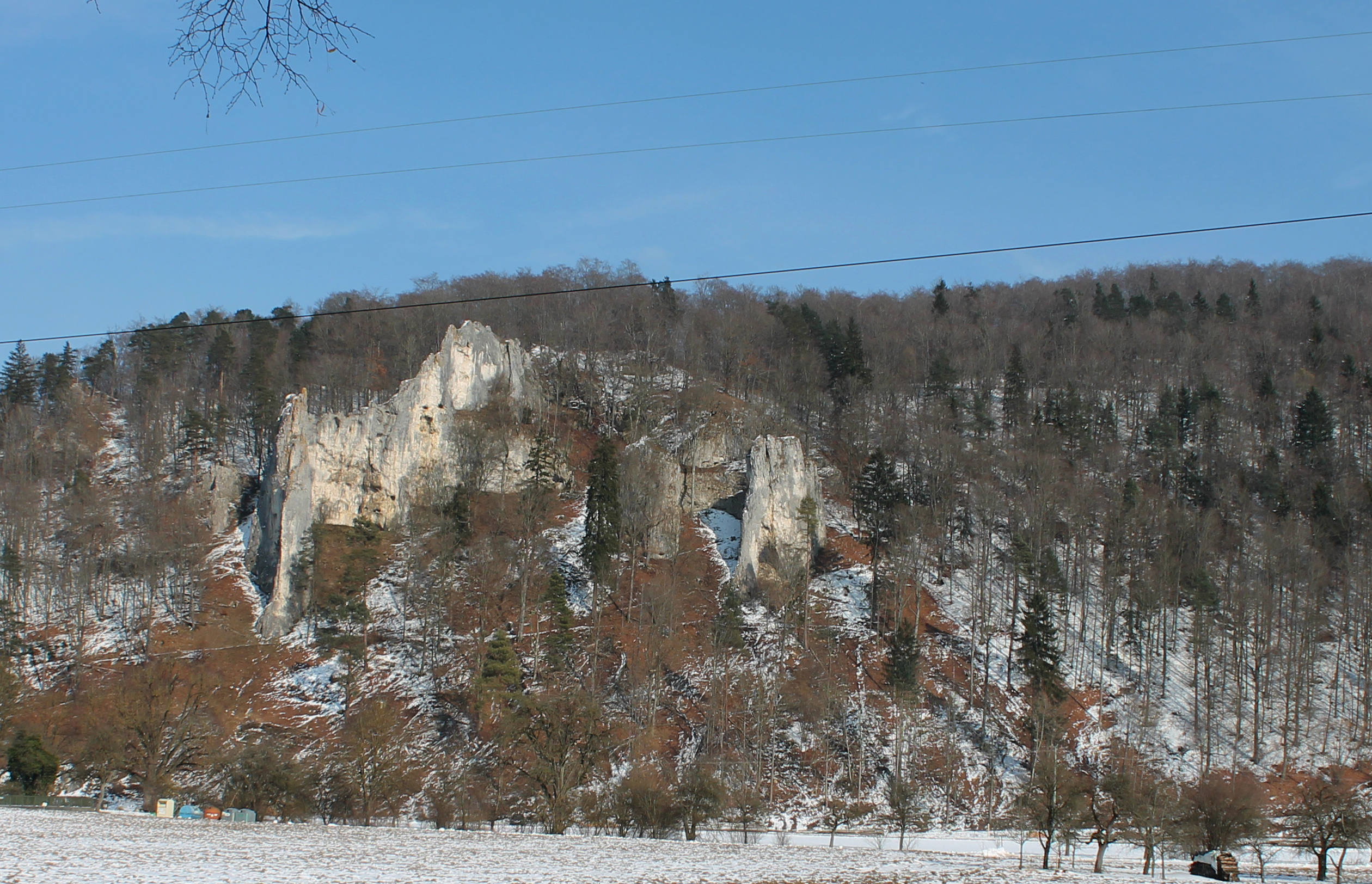
A view of the limestone cliffs at Geißenklösterle (Germany) as seen from the floor of the Ach Valley. (Photo: Uni Tübingen)
⮝
Expansions of Hominin Resource Space
PlantBITES - A database for Plant Resources in Early Human Environments
The database PlantBITES is a tool to consider the full range of dominant plant species in different vegetation units, their seasonal availability and their use potential. The database serves to assess the amount and variety of obtainable food (and other) resources that were available to early humans. It also examines the necessary techniques for exploitation and use of plant resources. Such data crucially contribute to answer questions about how early humans with different technological abilities could have used plants in different environments.
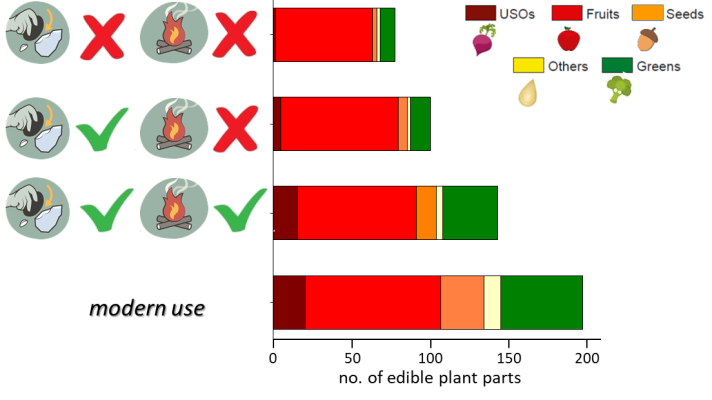
The number of available edible plant parts increases with increasing technological skills. In this example, savannas of Southern Africa provide especially more edible seeds and leaves according to different cultural performances. Underground storage organs (USOs) are roots, tubers, rhizomes; ‘greens’ include leaves, stems, sprouts, flowers, buds; ‘others’ are sap, bark, and wood. (Graphic: B. Groscurth)
Modelling Environmental Dynamics and Hominin Dispersals Around the Mid-Pleistocene Revolution (METHOD)
International Focus Group (IFG) #1604F funded by INQUA
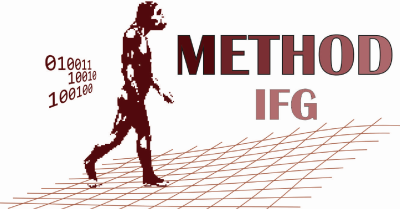
Contact:
info[at]method-ifg.com
Project participants:
Christine Hertler, Frankfurt/Main, Germany
Jesús Rodríguez, Burgos, Spain
Ana Mateos, Burgos, Spain
Maria Rita Palombo, Rome, Italy
The Mid-Pleistocene Revolution (MPR) marks a period of profound reconfigurations in global ecosystems caused by climate change driven by variations in orbital forcing taking place around one million years ago. Changes in climate drastically affect vegetation, thus leading to significant faunal turnovers in Europe and elsewhere. Hominins responded to these changes in various ways, on the level of populations by adapting their reproductive strategies thus controlling population densities, on the level of behavior by acquiring new ways of resource acquisition and management, and finally also by shifting distribution patterns and dispersing into new environments.The METHOD IFG network studies environments and hominin responses across diverse spatial, chronological and biological scales. We make use of a range of techniques of modelling (e.g. agent-based modeling, network modelling) and simulation. Furthermore, we create a web-based toolbox to explore a larger range of databases.
Publications

- Rodríguez, J., Mateos, A., Hertler, C., Palombo, M. R. (2016): Modelling human presence and environmental dynamics during the Mid-Pleistocene Revolution: New approaches and tools. Quaternary International 393: 19-23.
- Rodríguez, J., Mateos, A., Hertler, C., Palombo, M. R. (2016): The power of models: Mathematical approaches to the study of human-fauna interactions in the Pleistocene. Quaternary International 413:2-6.
- Volmer, R., Hertler, C. (2016): The effect of competition on shared food resources in carnivore guilds. Quaternary International 413: 32-43.
- Hölzchen, E., Hertler, C., Timm, I., Lorig, F. (2016): Evaluation of Out of Africa hypotheses by means of agent-based modeling. Quaternary International 413: 78-90.
- Timm, I., Lorig, F., Hölzchen, E. Hertler, C. (2016): Multi-scale Agent-based Simulation of Long-Term Dispersal Processes: Towards a Sophisticated Simulation Model of Hominin Dispersal. In: Barceló, J. A., del Castillo, F. (eds.): Simulating Prehistoric and Ancient Worlds. Springer, Cham, Switzerland. pp. 141-158.
Environmental studies and landscape reconstruction
Many of ROCEEH’s research projects delve into the relationship between humans and their environment. Some of these projects examine how early humans explored their habitats and found different natural resources to sustain themselves. Other projects study the effects that changing climate had on the environment to help reconstruct the interaction between the lifeways and habitats of these people. Using an integrated approach, we address many aspects of past landscapes including paleofauna, paleovegetation and geomorphology. We investigate these aspects applying methods such as faunal analysis, palynology, non-invasive geophysical techniques, GIS and remote sensing.
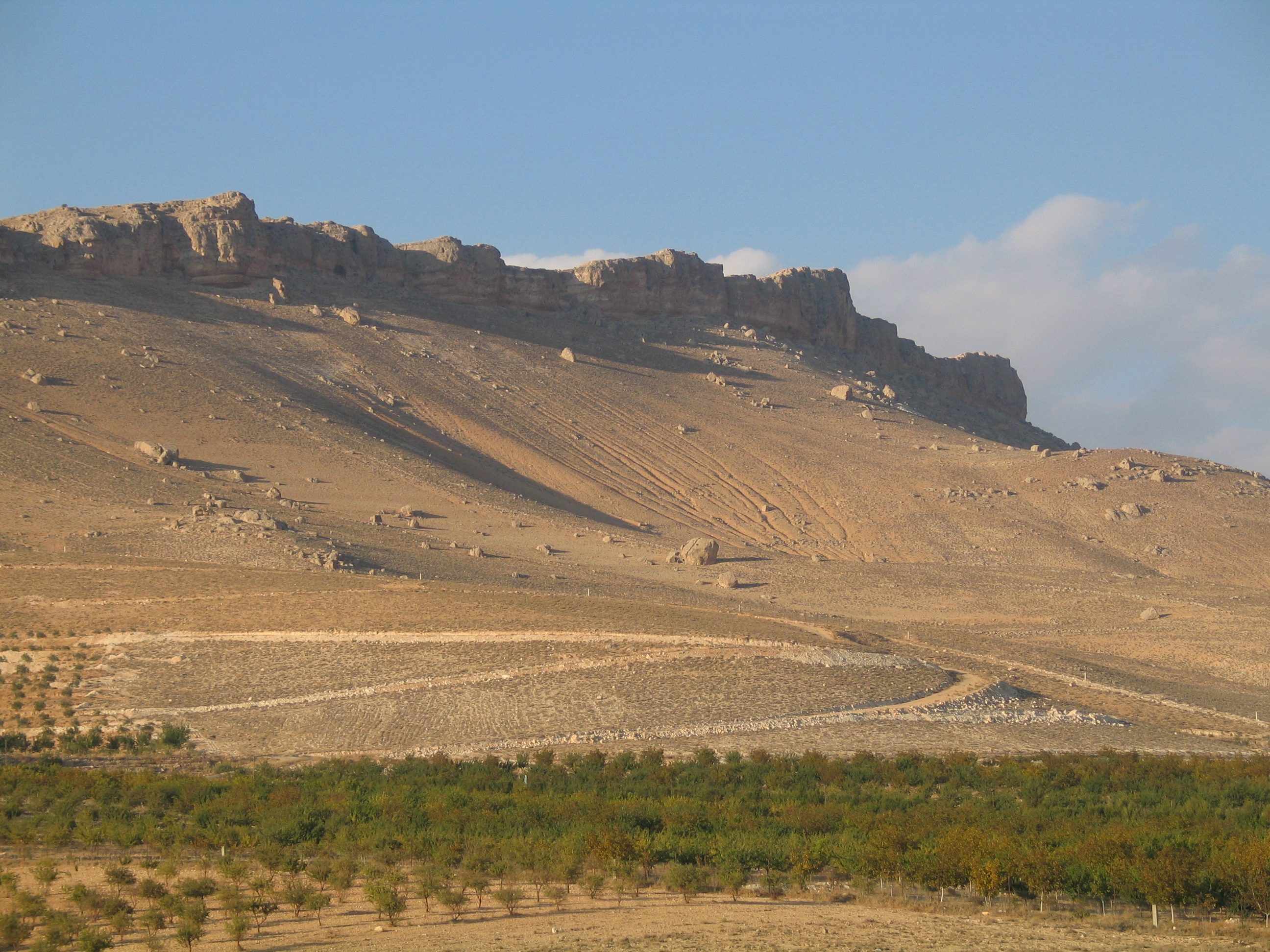
A prominent cliff line transects the Paleolithic survey of the region near Ma'aloula (Syria), north of Damascus. (Photo: Uni Tübingen)
⮝
Expansions of Range
ROCEEH Out of Africa Database (ROAD)
At the core of the project is the compilation of data about archaeological and paleoanthropological sites within the chronological and geographic range. Information about the sites and their associated assemblages is accessible in different types of publications and databases. By collecting data systematically and placing it at the disposal of other researchers, ROCEEH freely offers access to information that is otherwise not readily accessible. Thus, ROCEEH enhances the knowledge available about the cultural heritage of our deep past. These data are organized in a multidisciplinary, web-based, geo-relational database known as ROAD (ROCEEH Out of Africa Database) with advanced geographical information system (GIS) functionality. Thus ROAD unifies geographical data about sites with information about their stratigraphy and the cultural finds those layers contain. In addition, ROAD assimilates information on human fossil history, fauna, flora, and climate, and provides this information to model early human habitats. In addition to compiling data systematically, the ROCEEH team analyzes the content of the ROAD database through case studies which examine different cultural phenomena. The results are integrated into a digital atlas detailing the development of humans and the environment.
⮝
Field Work
The ROCEEH research center is involved in many excavations around the world.
Find more information about ROCEEH's fieldwork in the research center in Tübingen and Frankfurt.
